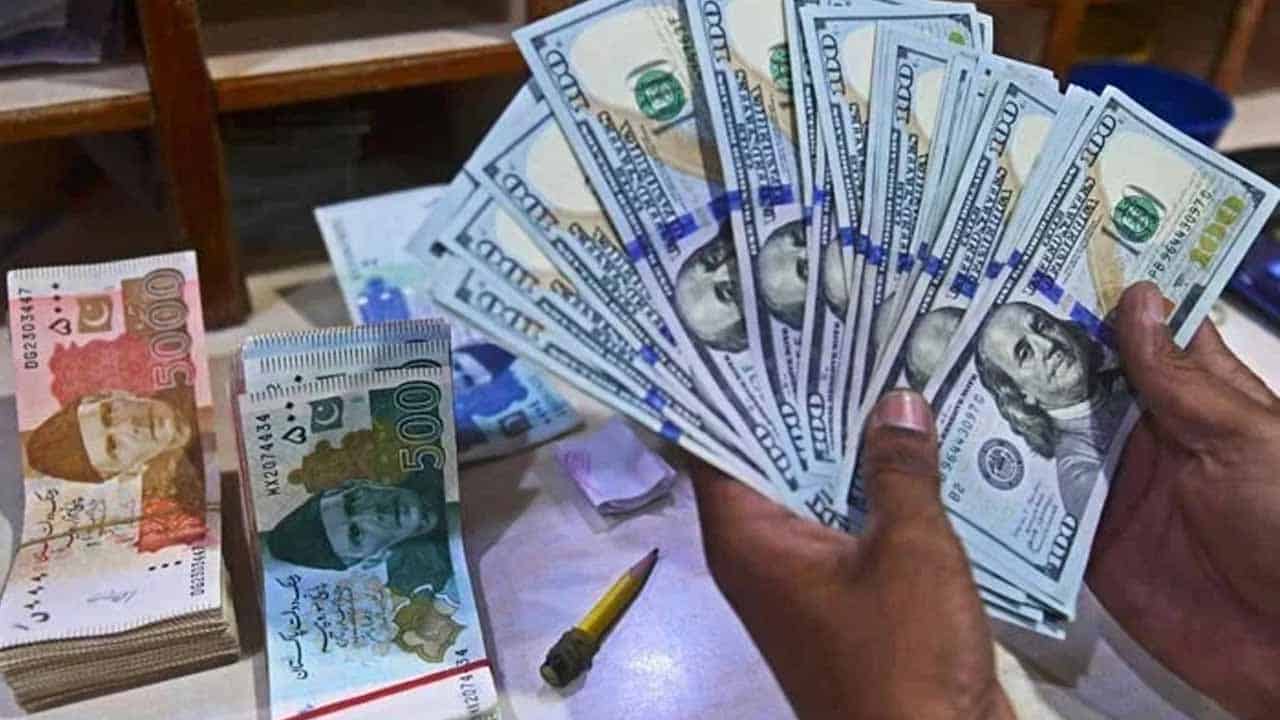The Pakistani rupee continues to strengthen against the US dollar on Thursday, gaining 0.38% in the interbank market.
According to the State Bank of Pakistan (SBP), the rupee increased by Rs.1 to settle at 264.38 against the US dollar. During the current fiscal year, the currency has lost 22.4% of its value relative to the US dollar.
On Wednesday, the Pakistani rupee continued to appreciate against the US dollar and ended the day at 265.38 per USD, up Rs1.96 (0.74%).
As Islamabad attempts to persuade the International Monetary Fund (IMF) to revive its bailout programme, the Federal Minister for Finance and Revenue, Ishaq Dar, introduced the Finance (Supplementary) Bill, 2023, announcing various amendments that feature taxation measures totaling Rs170 billion (roughly $640 million).
Then, the government increased the price of gasoline by another Rs22.20 a litre, bringing it to Rs272 as on February 16. Also, it announced an Rs17.20 per litre price rise for high-speed diesel, increasing it to Rs280.
According to the government, the depreciation of the rupee against the dollar in recent weeks is what caused the increase in petrol prices.
Although the Federal Reserve appears ready to hike interest rates further, the US dollar paused internationally on Thursday as investors flocked to higher-risk currencies after a string of positive American economic data reaffirmed confidence in the outlook for global growth.
According to data released by the US Commerce Department on Wednesday, big-ticket purchases of commodities like cars and other things enabled retail sales in the US to bounce substantially in January following two consecutive monthly decreases.
That occurred the day after US inflation data revealed a modest but persistent increase in consumer prices.
After reaching a six-week high of 104.11 the day before, the US dollar index dropped 0.1% to 103.67 today.
Oil prices, a crucial indicator of currency parity, increased on Thursday as expectations of a strong recovery in fuel consumption in top oil user China outweighed declines brought on by the strength of the dollar and a significant increase in US crude inventory.












